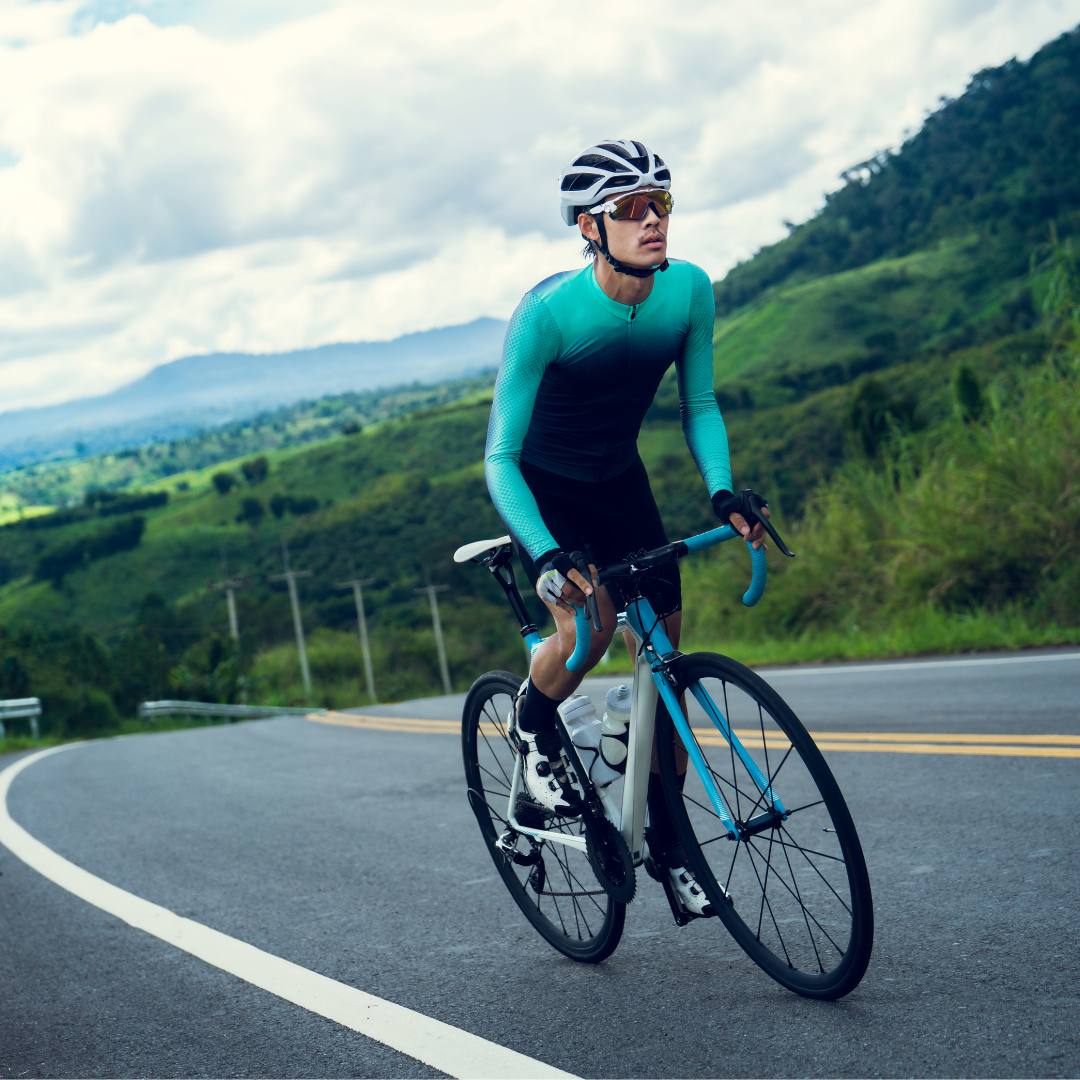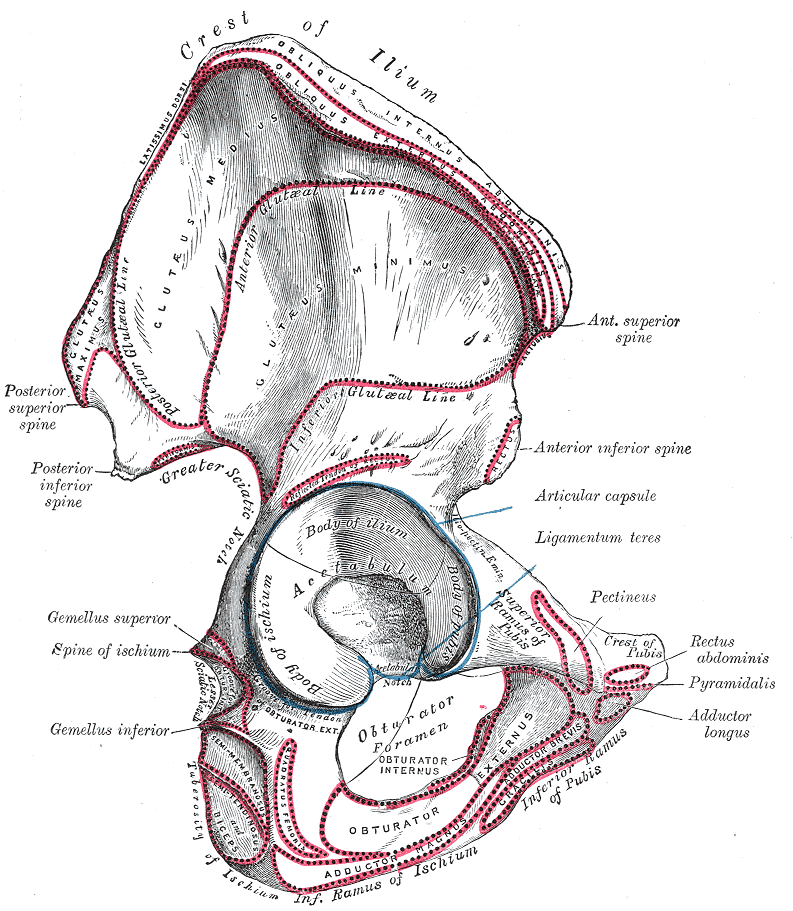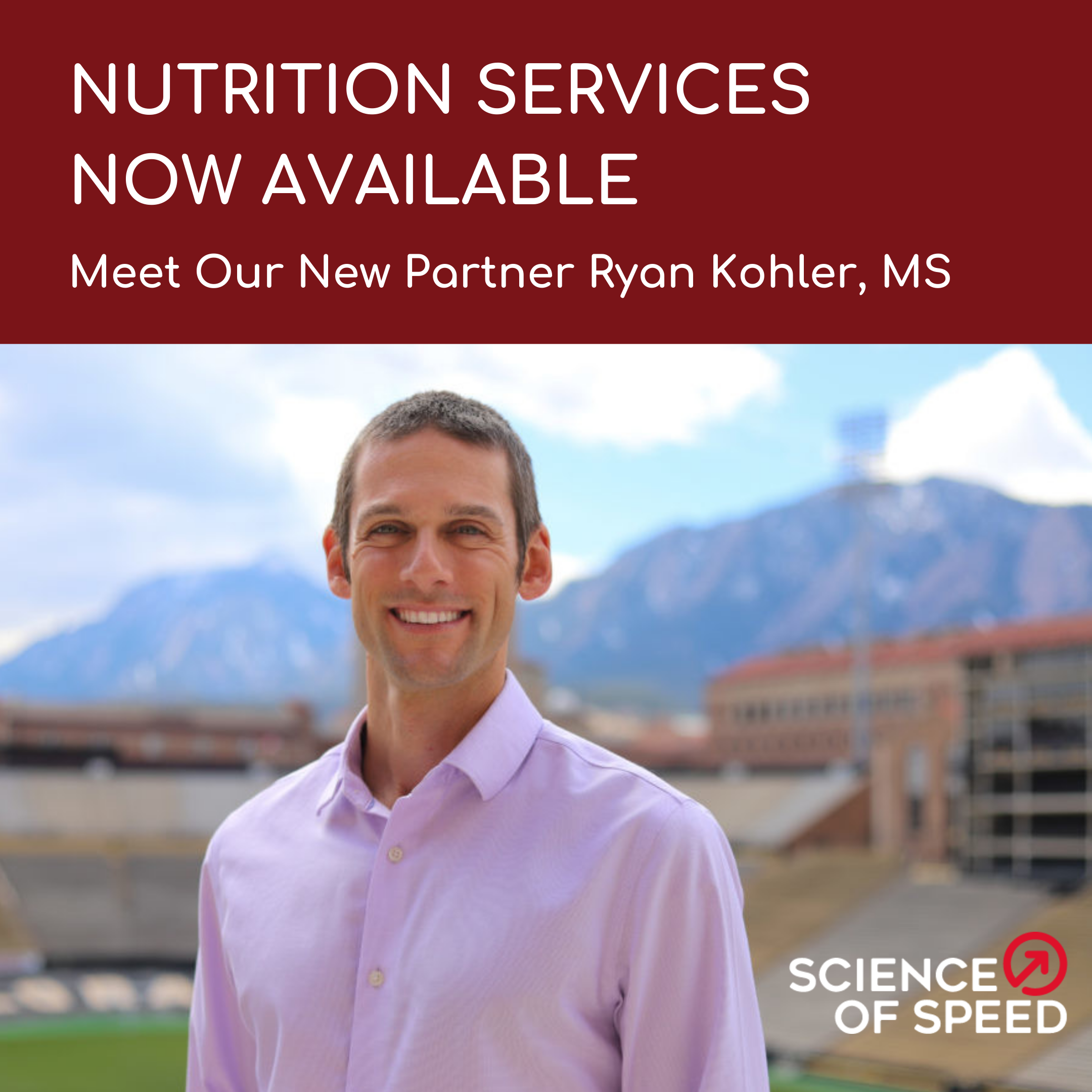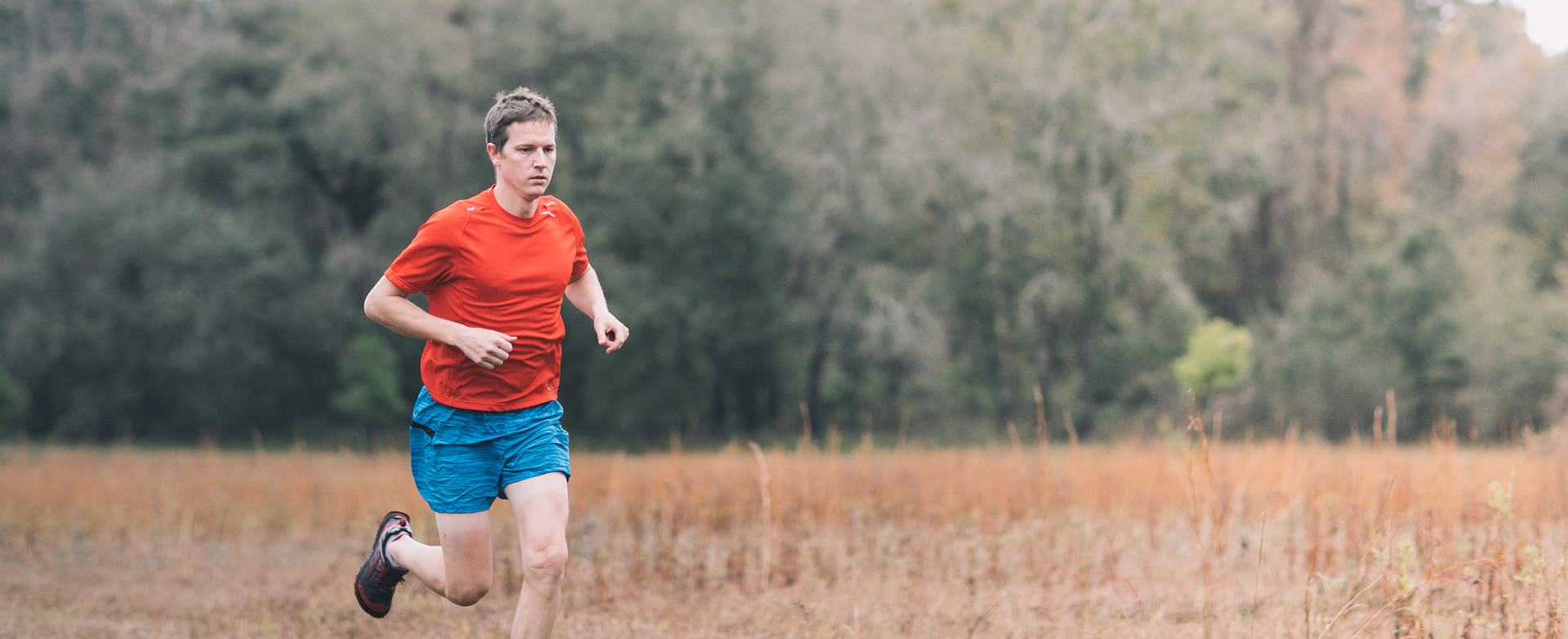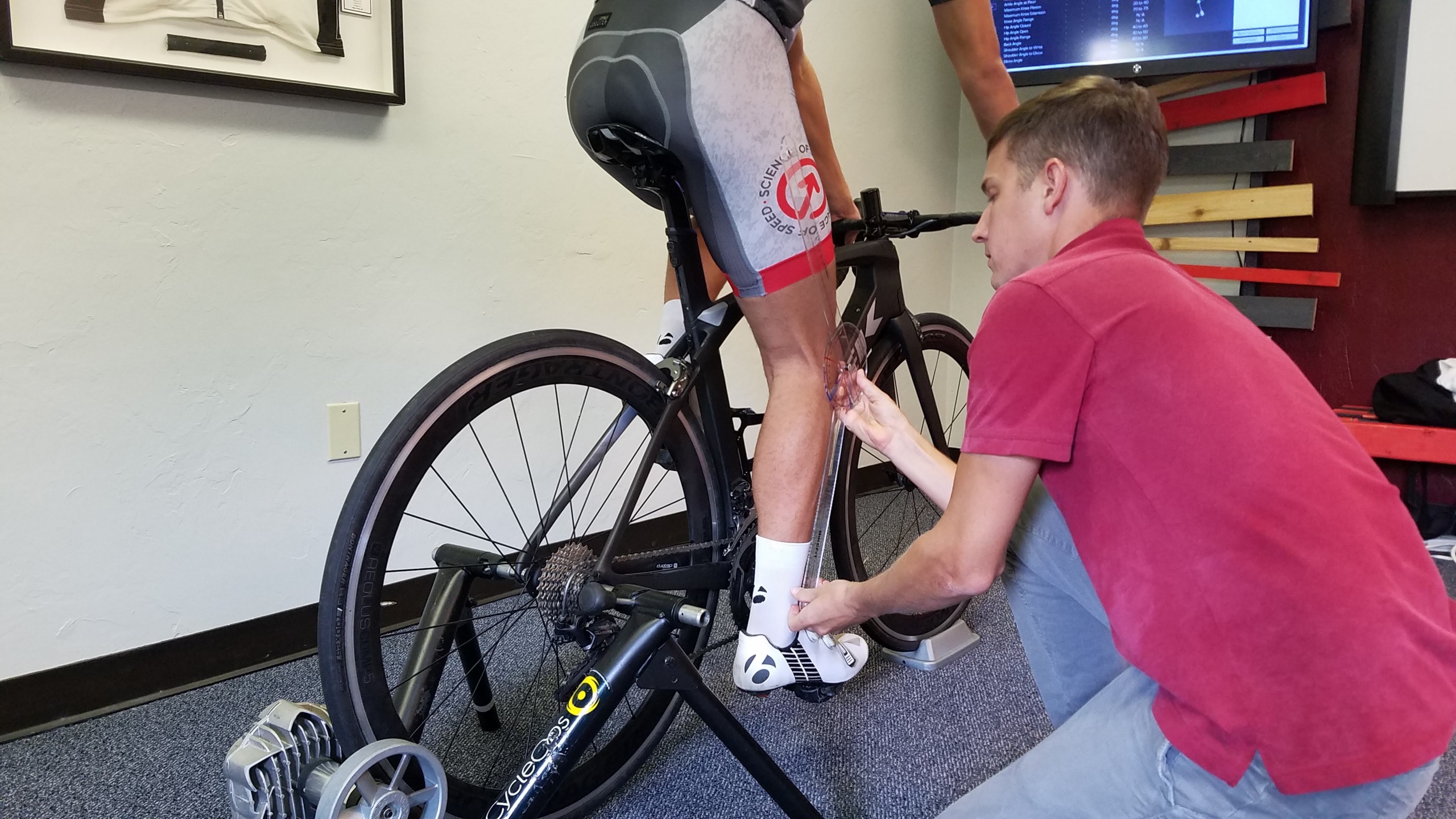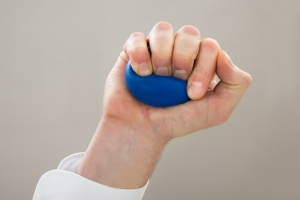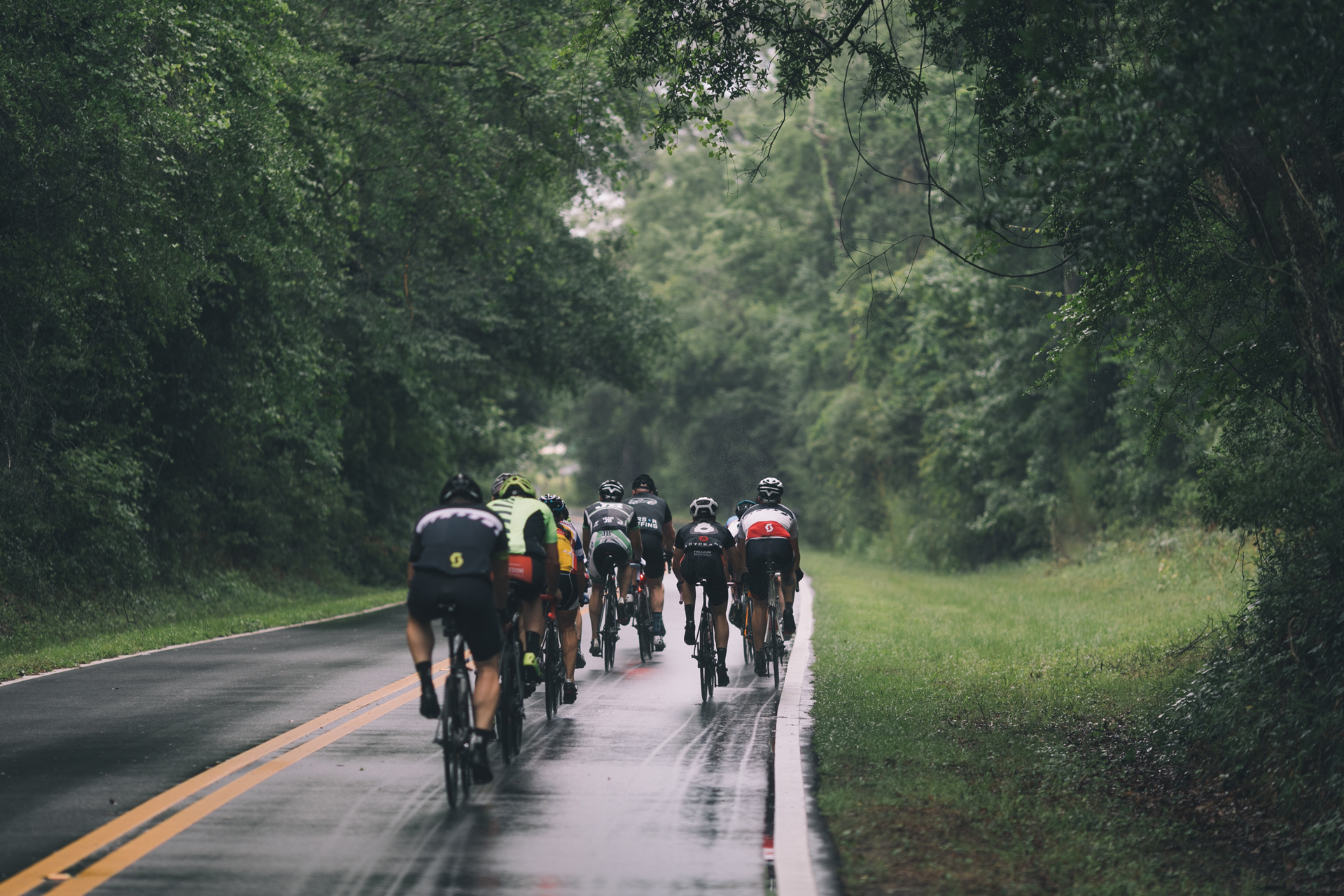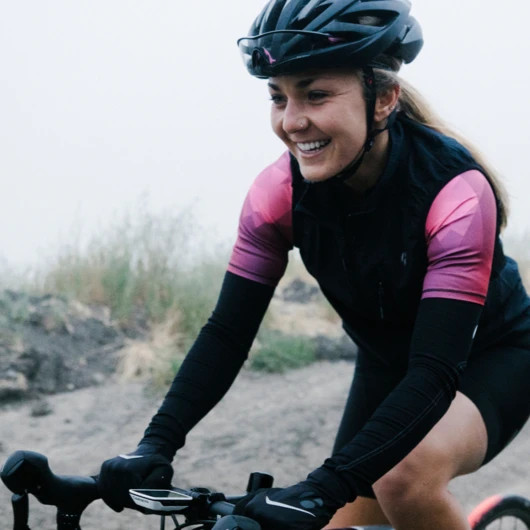No products in the cart.
Consider A Summer Transition
Across the world, endurance events are being canceled due to the pandemic. It’s causing more than just heartbreak for athletes who were looking forward to their races. It’s causing athletes to step back and reassess their training for the foreseeable future. While it can be disappointing to see event days put on hold, it doesn’t mean all your training was for nothing. In this unique moment in history, there lies an opportunity for athletes to bank the hard work they’ve been putting in.
Science of Speed coaches create periodized training for our athletes. What is periodization? We’ve got an entire article here to break it down for you. Here’s the Spark Notes version: your training should cycle through periods of building, tapering, racing, and transition on an annual, monthly, and weekly basis.
As racing takes a pause, Science of Speed is recommending this to our athletes: consider taking your transition (aka your recovery) block now. For anywhere from ten days to upwards of four weeks, allow your body to rebuild after these months of high intensity. We often think of rest or recovery as “losing” fitness. This is not the case. In fact, burnout is one of the largest reasons we see athletes stop training and racing altogether. Training is a time commitment and these transition periods will help you to physically recover but they help to mentally rejuvenate you, which is just as important!!
So, as you review your entire season during this constantly changing and adapting world, consider how you can also change and adapt. Need help periodizing your training? Our coaches are here to help you create a plan for success — event or no event! Contact us now.



